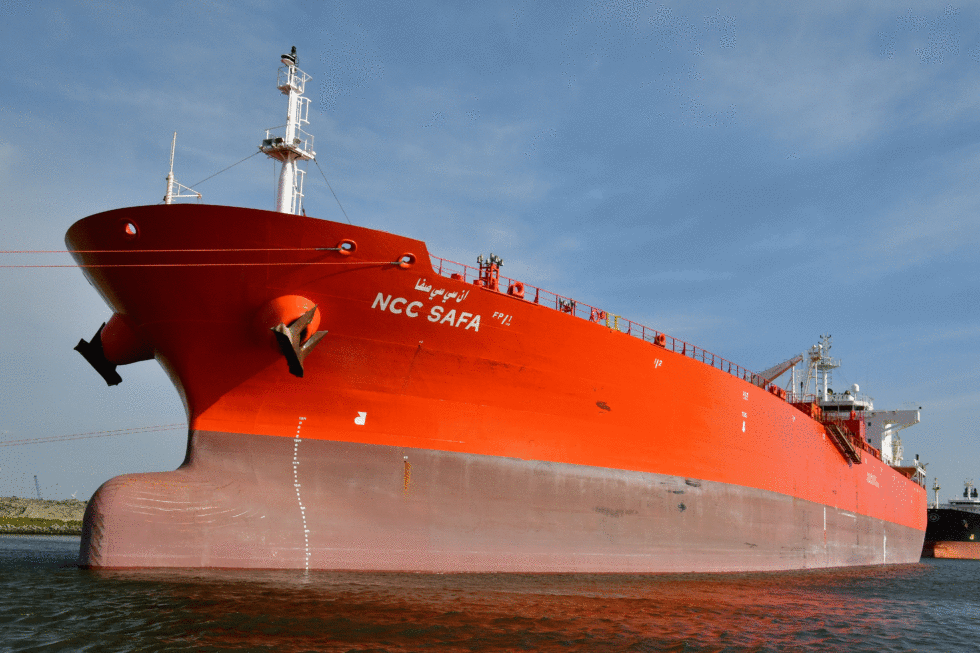
Fatal accident in cargo tank of chemical tanker
On the evening of 20 April 2022, the chemical tanker NCC SAFA was anchored at the coast of IJmuiden. While inerting a tank, expelling oxygen from the tank, the first officer died and the AB was seriously injured.
Fatal inspection
Nitrogen is pumped into the tanks to expel oxygen, inerting. Before this process, the AB performed the final inspection to make sure the tank was clean. After the captain did not get in touch with the AB, he sent the first officer to see what was going on. On arrival, the first officer saw that the AB was lying unconscious on a platform in the tank and raised the alarm. The captain rushed to the tank and when he looked inside the tank, he did see the AB lying on the first platform in the tank. The first officer was lying on the fourth platform. A rescue team removed both from the tank, after which an attempt was made to resuscitate the first mate, but to no avail. The sailor was seriously injured and taken to hospital.
Procedures not followed
Due to a leaking valve, nitrogen also leaked into the front tank while inerting the rearest cargo tank. This inadvertently lowered the oxygen in the tank. Despite being familiar with the safety rules and available safety information on board, the procedures associated with entering a confined space were deviated from. Prior to the last visual inspection by the AB, the risk analysis and associated gas measurements were not carried out. Nor was an Entry Permit issued. In addition, the Ab and the first officer were both wearing their helmets, overalls and safety shoes but had no personal gas gauge when they entered the tank.
Recommendations
Based on the investigation of this incident on board the NCC SAFA, the principle ‘follow the procedures’ is once again underlined. In addition, the Dutch Safety Board comes to the following recommendation to the shipping company:
To Mideast Ship Management
1. Provide an inert gas system constructed so that there are multiple safety barriers. This should include a control system for the use of inert gas, whose capabilities and limitations are known to the entire crew.
In addition to the recommendation the following lessons can be learned from the incident:
1. During inspection and maintenance, the crew must be mindful of possible failure of the inert gas system due to damage. Ensure that all safety-critical components are identified and adjust the maintenance protocol accordingly. A maintenance protocol limited to only lubrication and visual inspection of part of a valve gives an unwarranted sense of being safe.
2. Crew should be able to speak up and stop work if another crew member (including the captain) does not follow a procedure. Provide a working environment where crew feel safe to do so.
3. Targeted training and education ensure that procedures can be followed and impulsive actions, where people put themselves in mortal danger, are prevented.
